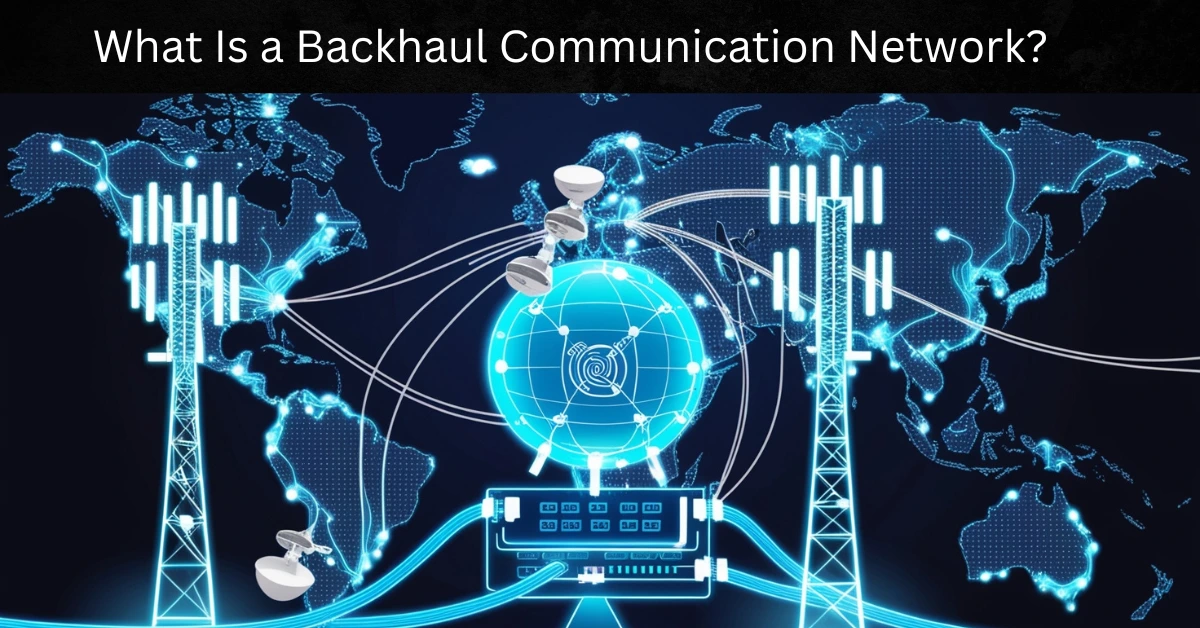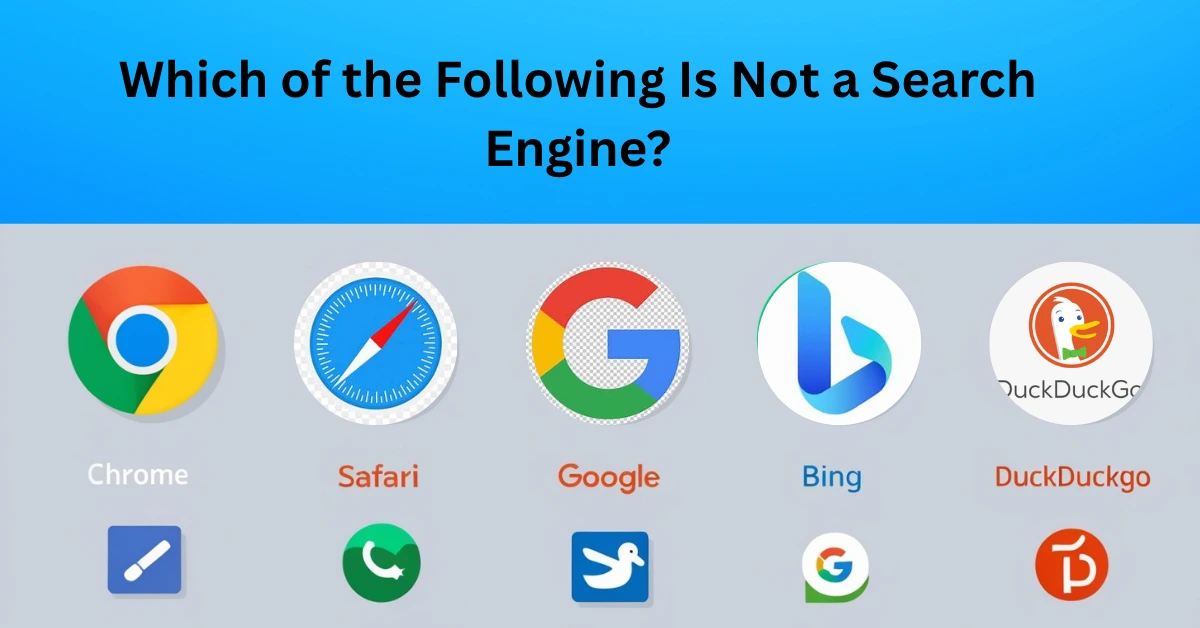In today’s digital world, where everything from phones to smart devices relies on a stable internet connection, you might wonder what happens behind the scenes to make all this possible. One of the most important systems that keeps our online world connected is called the backhaul communication network.
Understanding Backhaul The Data Transport Middleman
Backhaul is the part of a network that connects smaller, local systems like your Wi-Fi router or a cellphone tower to the main internet backbone. It acts as the link between where data is created or requested and where it’s processed or stored. Just like a package moves through several hubs to reach its destination, data travels through the backhaul network to reach the core.
Where Backhaul Fits in a Network?
A complete network typically includes three parts:
- Access network: This is the part closest to the user. It includes mobile towers, home routers, or local switches that connect you to the internet.
- Backhaul network: This acts as the middle layer, carrying data from the access network to the core network.
- Core network: The central system that processes data, routes it to the right place, and connects to the global internet.
So when you open a website, your request travels from your device to the local access point, then through the backhaul network to the core, which then pulls the information from a server and sends it back the same way.
Types of Backhaul Technologies
Backhaul communication networks can use several different technologies to carry data. Each has its own strengths, limitations, and ideal uses.
1. Fiber Optic Backhaul
Fiber optic cables use light signals to send data at extremely high speeds. They are very reliable, fast, and can handle a large amount of traffic, which makes them perfect for busy cities or places with high data demands.
pros
- Very fast data speeds
- Low signal loss
- Long lifespan
Cons
- Expensive to install
- Difficult to lay in rural or remote areas
2. Microwave Backhaul
Microwave links use radio waves to send data wirelessly between towers. This method is commonly used in areas where installing fiber optic cables is difficult or impractical.
Pros
- Cost effective for short to medium distances
- Quick to deploy
- Works well in tough terrain
Cons
- Can be affected by weather (rain fade)
- Lower capacity compared to fiber
3. Satellite Backhaul
Satellites provide backhaul in remote or hard-to-reach places, like mountains, forests, or isolated islands.
Pros
- Great for global covge
- Useful in emergencies or temporary setupsera
Cons
- High latency (delayed signals)
- Expensive and slower than fiber
4. Copper and DSL Backhaul
These are older technologies that use telephone lines to carry data.
Pros
- Widely available in older infrastructure
- Affordable in some areas
Cons
- Slower speeds
- Outdated for modern data needs
5. Free Space Optics (FSO)
This is a newer technology that uses light beams in open air to transmit data, similar to fiber but without cables.
Pros
- Fast speeds
- No digging or cabling required
Cons
- Sensitive to fog, rain, or obstacles
- Requires line-of-sight between devices
Wired vs. Wireless Backhaul
Backhaul networks can be wired (like fiber or copper) or wireless (like microwave or satellite).
Wired backhaul is stable, fast, and handles more data, making it ideal for cities and permanent networks. Wireless backhaul is more flexible and easier to deploy, which makes it better for rural or temporary use.
| Feature | Wired Backhaul | Wireless Backhaul |
| Speed | Very High | Moderate to High |
| Installation | Difficult & Costly | Easier & Faster |
| Maintenance | Low | Medium |
| Ideal Location | Urban Areas | Remote/Rural Areas |
Why Is Backhaul Important?
Backhaul communication is the silent engine of the internet. Without it, you wouldn’t be able to access websites, send emails or stream videos. This technique is widely used in environments where setting up fiber infrastructure is too complex or costly.
Backhaul becomes even more important when:
- More people use mobile internet
- Cities grow and demand more bandwidth
- New technologies like 5G and IoT (Internet of Things) rise
For example, in a 5G mobile network, you have many small cell towers placed closer together. All of these need strong and fast backhaul to handle the heavy traffic and low delay (latency) that 5G promises.
Challenges in Backhaul Networks
Backhaul networks are essential for internet and communication systems, but they face several challenges that impact performance, coverage, and reliability.
1. Cost: High Capital and Operational Expenses
Building backhaul infrastructure especially fiber is costly due to trenching, hardware, permits, and labor. Even wireless systems like microwave and satellite require towers, energy, and skilled setup. Operational expenses like maintenance, power, and upgrades add ongoing costs.
2. Coverage: Difficult Terrain and Remote Locations
Reaching rural or remote areas with backhaul is difficult and expensive. Fiber is hard to deploy in mountains, forests, or deserts. Wireless options face line-of-sight issues, lack of infrastructure, and limited range worsening the digital divide between urban and rural areas.
3. Latency: Delays in Data Transmission
High latency impacts time-sensitive tasks like video calls, gaming, and remote surgery. Satellite links can have delays up to 600 ms, and even microwave can be affected by long distances or bad weather, reducing real-time performance.
4. Capacity: Bandwidth and Demand Issues
The growing demand from 5G, HD video, cloud apps, and IoT devices puts pressure on backhaul capacity. Older systems like copper can’t keep up, and even fiber or wireless networks may face congestion during peak times, causing slow speeds and buffering.
5. Security: Risk of Attacks and Data Breaches
Backhaul networks carry sensitive data and are vulnerable to attacks like eavesdropping, DoS, or hijacking. Wireless links are especially at risk without strong encryption. Security needs include encrypted traffic, authenticated devices, secure routing, and physical protection.
Backhaul in the Real World
If you’re on a video call in a remote village, your phone connects to a nearby tower, which sends the data via microwave to a central hub. From there, it travels through fiber cables to the city’s core network and onto the global internet. In rural areas or emergencies, wireless or satellite backhaul makes internet access possible where cables can’t reach.
Conclusion
Backhaul networks are the silent backbone of the internet, connecting local systems to the global web. As data demands grow with 5G and smart tech, strong, secure, and scalable backhaul is essential for fast, equal and reliable connectivity everywhere.



